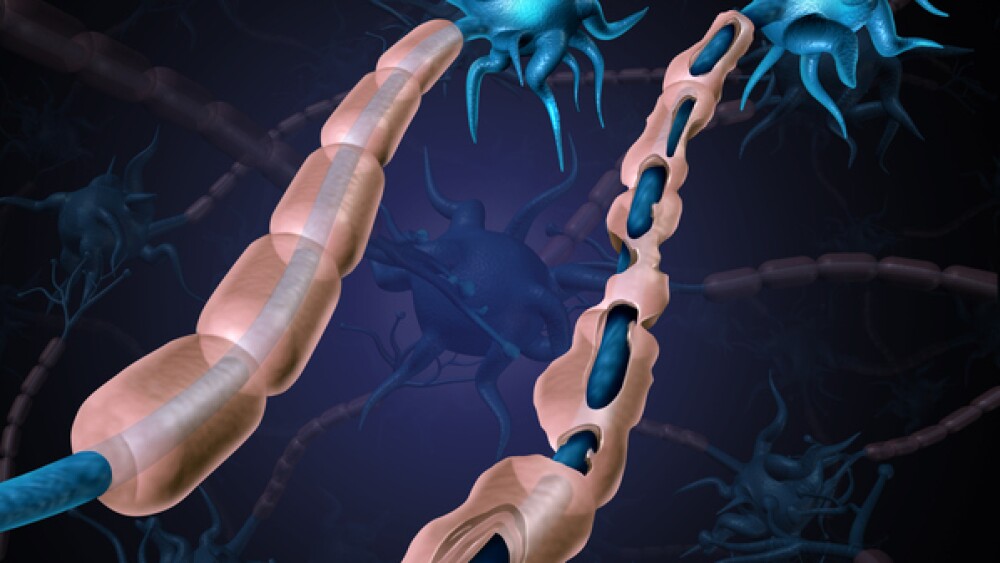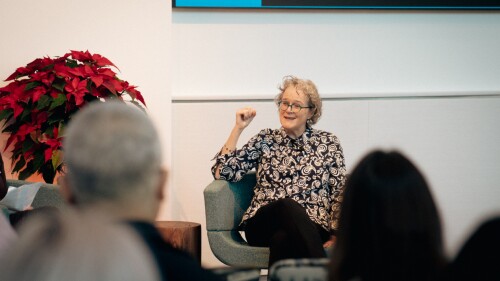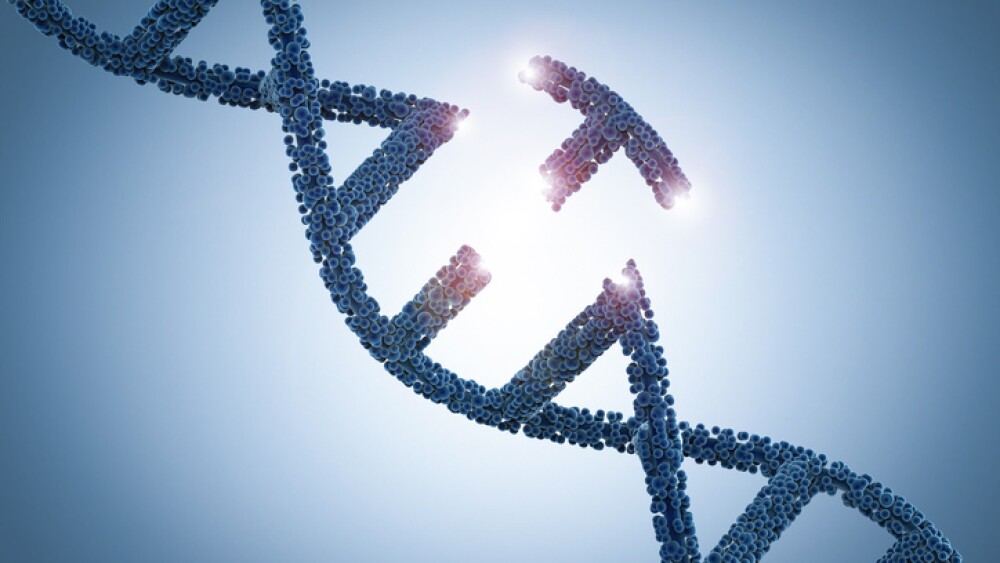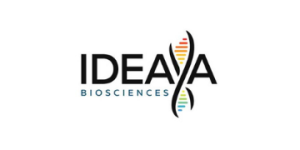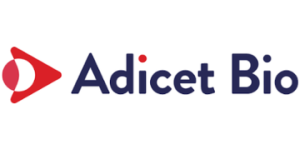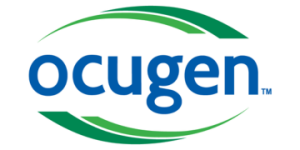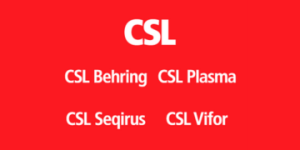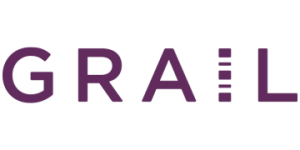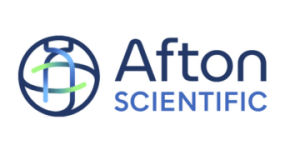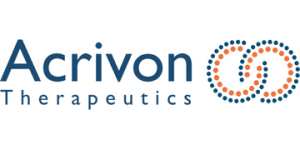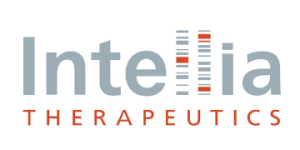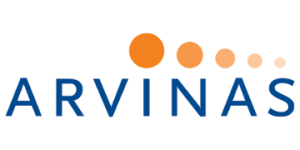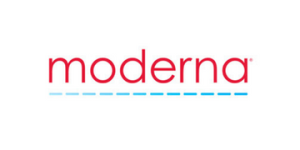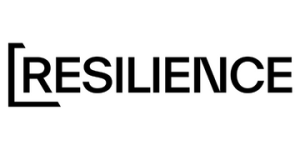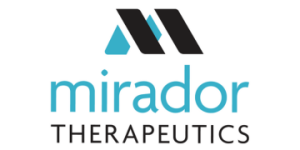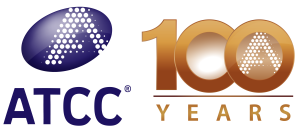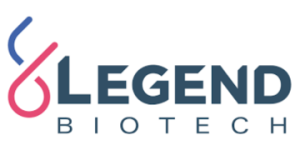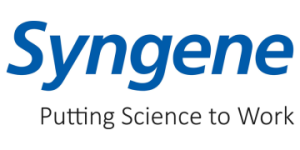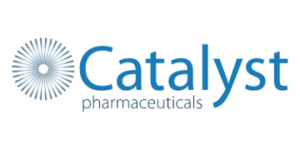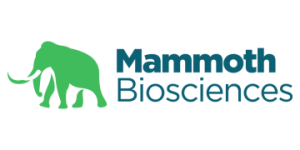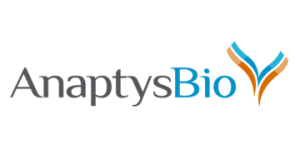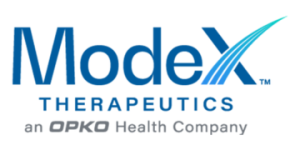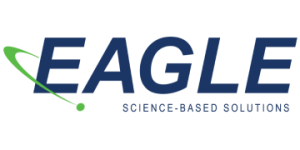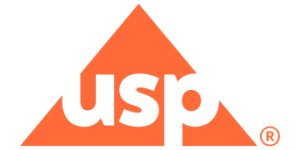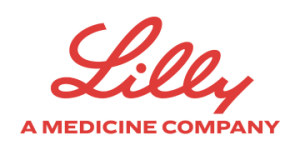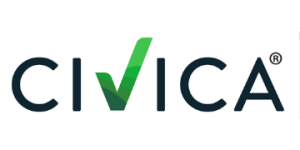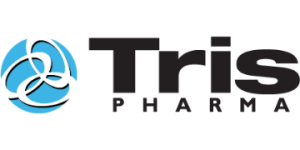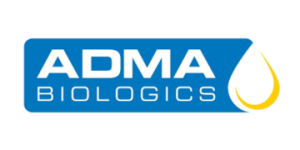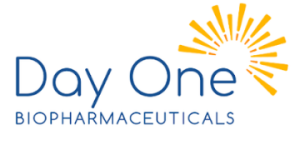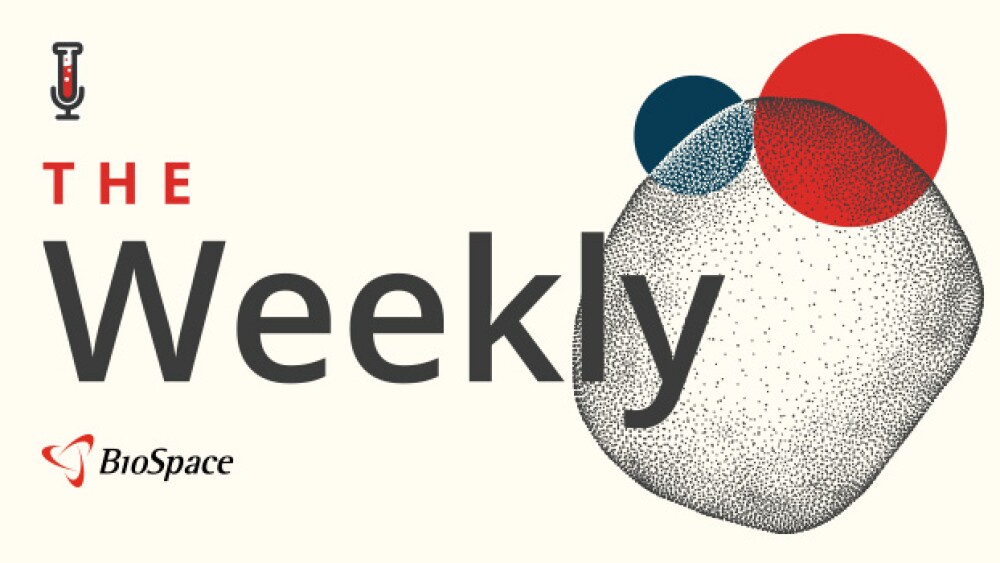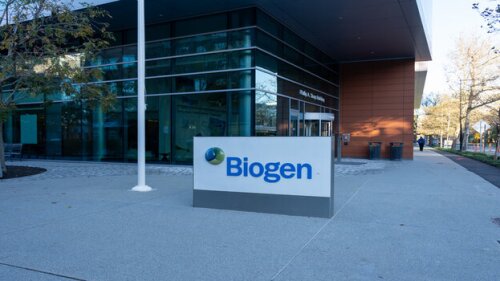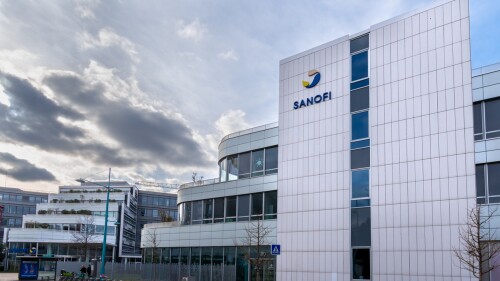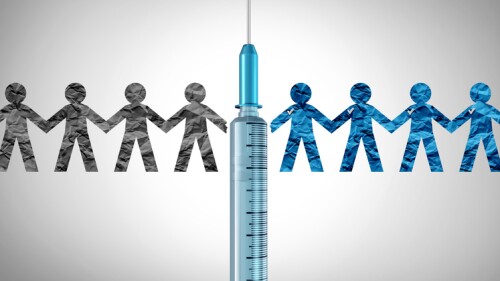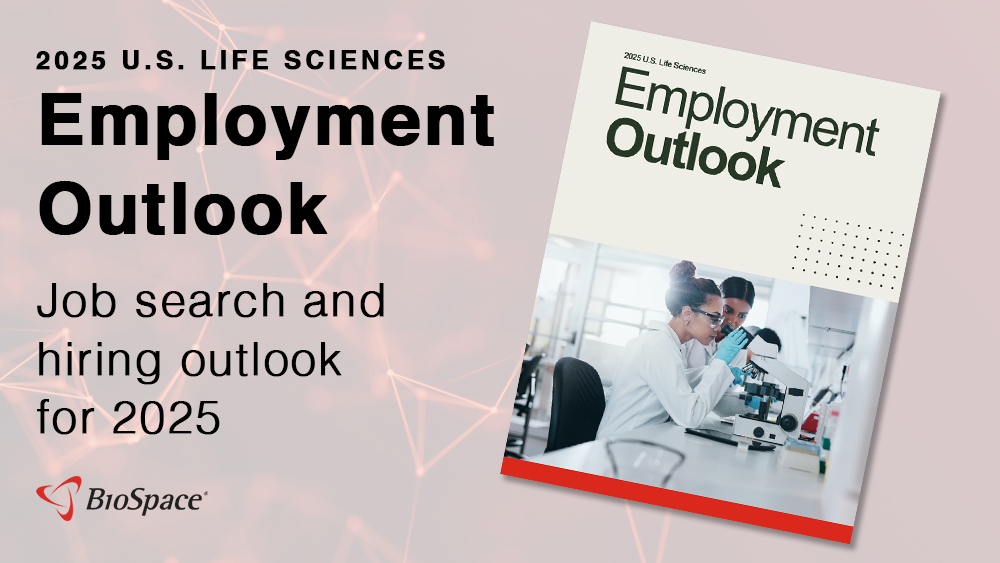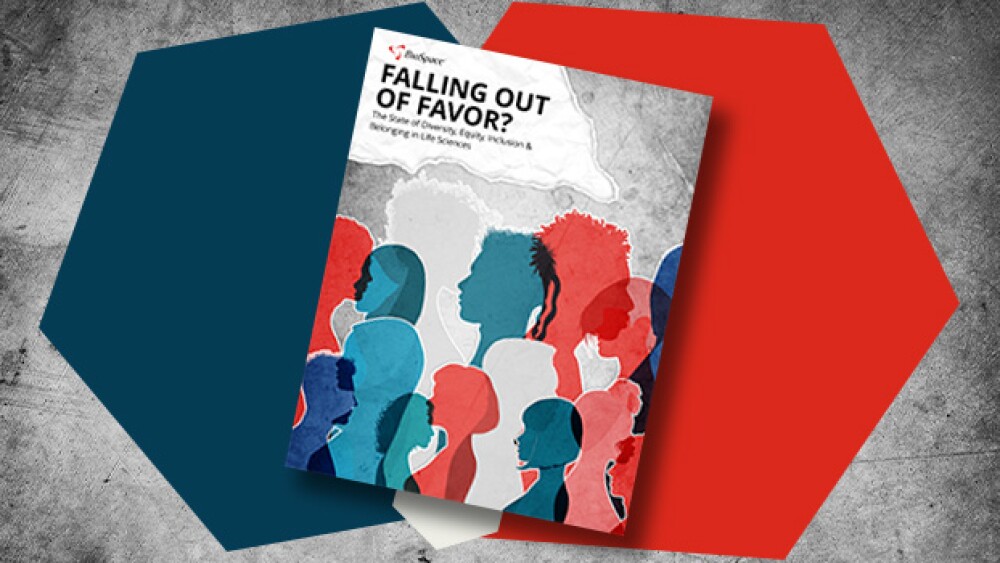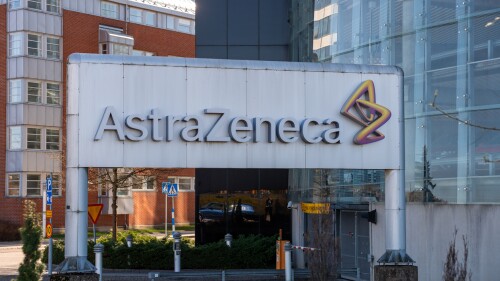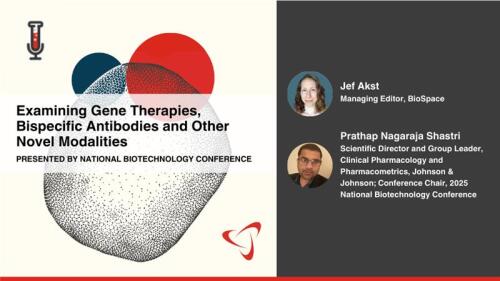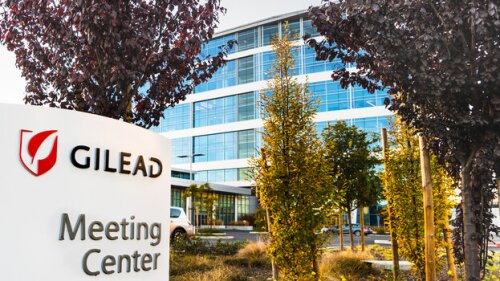Novo Nordisk’s leadership gets another shake-up as President Trump promises to significantly slash prices for its GLP-1 drugs; Summit/Akeso, Exelixis and more present new data at ESMO 2025; Replimune pops as FDA accepts resubmitted BLA; FDA names first winners of Commissioner’s National Priority Voucher program; and more.
The company is dropping its social anxiety disorder program but will still test the molecule in post-traumatic stress disorder.
The company’s technology, a modified herpes simplex virus used to deliver gene therapies, was given the FDA’s new designation based on its approved topical skin cream. What this will mean for Krystal’s still-in-development eye drop is unclear.
In this episode presented by Element Materials Technology, guests Dr. Jihye Jang-Lee and Dr. Khanh Courtney will explore how healthcare and pharmaceutical players are rethinking their strategies amid global supply chain disruption.
Galapagos at the start of the year had planned to split into two businesses, with one resulting entity focused on cell therapies. The biotech nixed these plans a few months later, instead choosing to put up for sale multiple cell therapy assets.
With data from the Phase III STELLAR-303 study in the books, Exelixis is plotting a 2025 regulatory application for zanzalintinib.
FEATURED STORIES
Keytruda is set to lose exclusivity in 2028, meaning Summit may face competition from cheaper biosimilars. Meanwhile, other branded drugmakers are also seeking to improve on the blockbuster checkpoint inhibitor.
M&A and IPOs got off to a quick start in 2025 only to crash into a wall of policy challenges. Upfront payment for licensing transactions, however, grew as pharmas looked for less-risky deals.
Beam Therapeutics and Verve Therapeutics have each built their lead candidates on a technique billed as a safer alternative to conventional CRISPR. Clinical results have so far been promising.
On the FDA’s docket this month are two expansion bids, one for GSK’s asthma drug Nucala into COPD and another for Merck’s oral cancer drug for a pair of rare tumors.
As the Trump administration—including HHS Secretary Robert F. Kennedy Jr.—plays fast and loose with scientific studies and facts, there may be a more sinister force at play: censorship.
When it comes to vaccination, the COVID-19 pandemic divided American society. President Donald Trump and his new Health and Human Services secretary are bringing down the hammer. What happens when there is no middle ground?
LATEST PODCASTS
In this episode, the third and final conversation of our mini-series on diversity in clinical trials, Lori and guests discuss framing strategies designed to protect DEI initiatives from legal challenges.
Well-financed startup Tome is winding down operations just as two new companies, Borealis Biosciences and GondolaBio, are launching. Meanwhile, in the midst of already tense relations with China, House lawmakers raise the alarm about U.S. companies working with the country’s military on trials.
Last week, the Biden administration revealed the first drug prices negotiated under the Inflation Reduction Act; Lykos, Grail and others make substantial staffing cuts, and Pfizer/BioNTech see mixed results for their COVID/flu vaccine.
Job Trends
Novartis presented results from a pre-specified interim analysis of the Phase III ALIGN study of atrasentan, an investigational oral selective endothelin A receptor antagonist, in patients with IgA nephropathy 1.
Subscribe to GenePool
Subscribe to BioSpace’s flagship publication including top headlines, special editions and life sciences’ most important breaking news
SPECIAL EDITIONS
In this deep dive, BioSpace investigates China’s rise as a biotech powerhouse.
In this deep dive, BioSpace explores the next big thing in obesity.
BioSpace did a deep dive into biopharma female executives who navigated difficult markets to lead their companies to high-value exits.
DEALS
-
In a deal worth up to $285 million initially for the lead program, Novo Nordisk will gain access to Ascendis’ TransCon technology platform in an effort to find novel GLP-1 candidates with reduced dosing frequency.
-
Biogen touted strong Q3 sales of its Alzheimer’s drug Leqembi a day after announcing a deal worth up to $1.45 billion with Neomorph to discover and develop molecular glue degraders.
-
Pfizer, Sanofi and others report Q3 beats; AbbVie, Roche and Novartis strike big deals; the 2024 presidential election looms; and BioSpace takes a look back at 10 years of NextGen, our annual pick of young biotechs to watch.
-
BioSpace has been compiling a list of the most innovative and exciting biotechs for a decade. Here we take a look back at noteworthy companies from each of those lists.
-
Sanofi will sell a 50% controlling stake in consumer healthcare unit Opella to private equity firm CD&R, with the French government taking a stake as well to ensure the business remains in the county.
WEIGHT LOSS
-
It’s been a rocky few months for BioAge Labs, which shuttered a Phase II trial of its lead candidate azelaprag Tuesday after the molecule caused liver-based side effects.
-
Versant Ventures continues to invest in the increasingly competitive obesity space, this time launching Helicore with $65 million and a GIP-targeting asset intended to induce higher-quality weight loss.
-
The GLP-1 IPO arena has been heating up for the past two years and Metsera’s ask is one the largest in recent history.
-
Patients taking Novo Nordisk’s Wegovy plus Veru’s enobosarm saw 71% lower lean mass loss than those who were taking Wegovy alone but investors await more data.
-
The readout comes on the heels of CagriSema’s disappointing Phase III performance, where it missed Novo’s projection of 25% weight reduction.
POLICY
-
The FDA and CDC have also recommended pausing the use of Ixchiq in seniors 60 years and older while safety investigations are ongoing.
-
As the Trump administration slashes funding for HIV-related research and infrastructure, Gilead, Immunocore and more are targeting the next goalpost: a cure.
-
With President Donald Trump expected to deliver a drug pricing order on Monday that Big Pharma and patient groups alike have railed against, the industry’s tumultuous ride is far from over.
-
Peter Marks, the venerable head of the FDA’s Center for Biologics Evaluation and Research, has been forced out. In this special edition of BioPharm Executive, BioSpace takes a deep dive into the instability of the HHS.
-
Yes, according to leading vaccine physician Paul Offit, who denounced the new placebo-controlled trial requirements for vaccines and sought greater clarity: “I don’t know what they’re talking about.”
The use of body language during interview can ensure a good impression. Kinesics includes the use of posture, facial expression, movement, and gestures to communicate nonverbally.
With more and more people applying for remote positions, how can you stand out among the massive stacks of applications?
Working from home can cause burnout and stress. The stress caused leads to low performance sometimes. Here are nine ways to prevent work from home burnout.
It’s no secret that employers ask tricky interview questions. But what do you do if you find yourself fumbling for words to answer these tricky questions?
Following up after an interview can be essential to help you gain peace of mind and reinforce your interest. Here’s how to improve follow up after interview.
Instead of letting LinkedIn slide to the bottom of your to-do list day after day, dedicate some time to it. Here’s what you need to add to your LinkedIn post.
HOTBEDS
REPORTS
In this Employment Outlook report, BioSpace explores current workforce sentiment, job activity trends and the prospective job and hiring outlook for 2025, particularly as it compares to the previous year.
BioSpace’s third report on diversity, equity, inclusion and belonging in life sciences examines dramatic shifts in attitude around diversity initiatives.
CANCER
-
In the Phase III SERENA-6 trial, camizestrant—in combination with CDK-inhibitors—beat out current standard-of-care treatments in terms of progression-free survival, according to AstraZeneca.
-
Eikon’s lead candidate, EIK1001, is being tested for advanced melanoma. The candidate is currently in late-stage development, which the biotech will fund using Wednesday’s series D raise.
-
At the 2025 National Biotechnology Conference, gene therapies, bispecific antibodies and other novel modalities—relative newcomers to medicine—will be much discussed. In this curtain raiser, BioSpace speaks with conference chair Prathap Nagaraja Shastri of J&J about these highly anticipated topics.
-
The agreement, in which Merck will pay the biotech an undisclosed initial sum to license drugs targeting a solid tumor, could net Epitopea up to $300 million down the line.
-
The news comes on the heels of promising Phase I/Ib data, which point to the potential of casdatifan as a more effective alternative to Merck’s Welireg in renal cell carcinoma.
NEUROSCIENCE
-
The U.S. Court of Federal Claims ruled that Vanda cannot claim a breach of confidentiality for specifications that it did not develop itself.
-
Cebranopadol, a dual-NMR agonist, reached the primary endpoint in a Phase III trial and matched placebo for safety, a significant concern in the analgesic field.
-
Spravato’s monotherapy nod on Tuesday comes after a series of setbacks in the depression space.
-
The FDA is putting Atara’s active Investigational New Drug applications on hold due to manufacturing concerns at a third-party provider while releasing Amylyx’s investigational ALS therapy from a previous pause.
-
Computational research conducted by scientists from Washington University in St. Louis shows that GLP-1 agonists can have mental and cognitive health benefits but may also harm the kidneys and pancreas.
CELL AND GENE THERAPY
-
In a Type B meeting, the FDA signified that it will allow uniQure to use a natural history control, the composite Unified Huntington’s Disease Rating Scale, and neurofilament light chain levels to support the accelerated approval of its gene therapy AMT-130.
-
Anito-cel has shown no signs of delayed neurotoxicity at around 9 months of follow-up, hinting at a safety profile that could set it apart from J&J and Legend’s Carvykti.
-
Vertex unveiled long-term durability data for Casgevy, while Beam presented Phase I/II findings for its investigational base editor BEAM-101, building up to a BLA by late 2026.
-
Not developing potency assays and gaining knowledge about MOAs early in the drug development process not only can break ATMP success but can cause costs and delays that lead to company closures.
-
The payment scheme will tie gene therapy payments to improvements in health outcomes—and could potentially boost the uptake of these sickle cell disease treatments.

